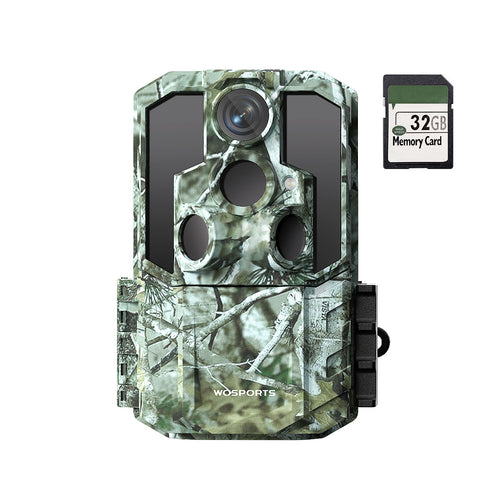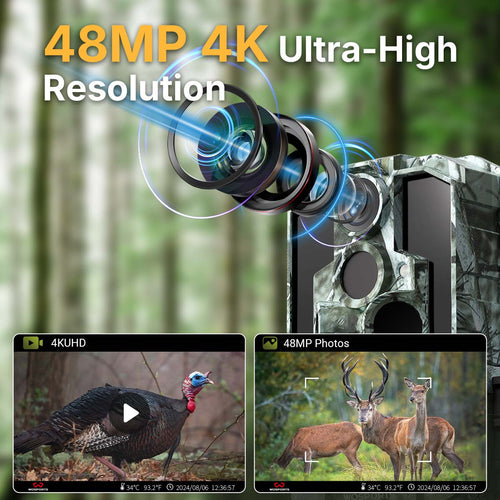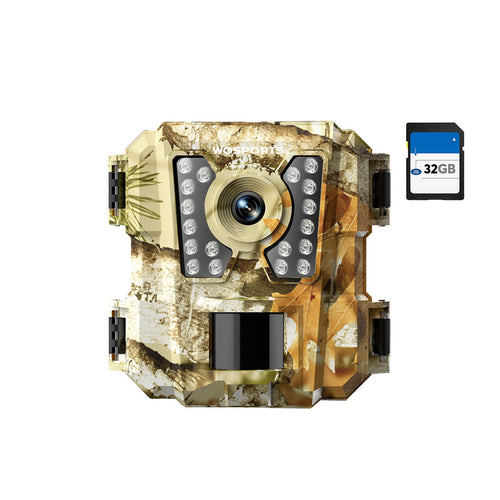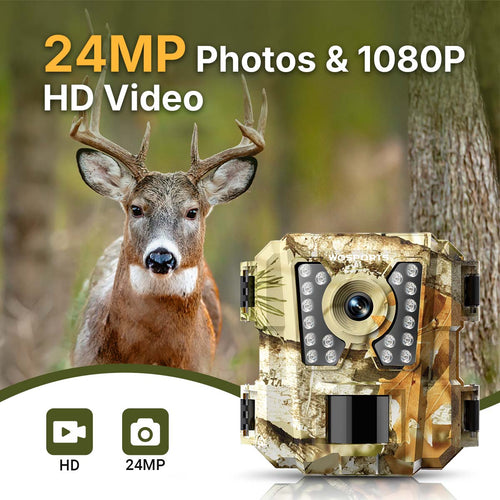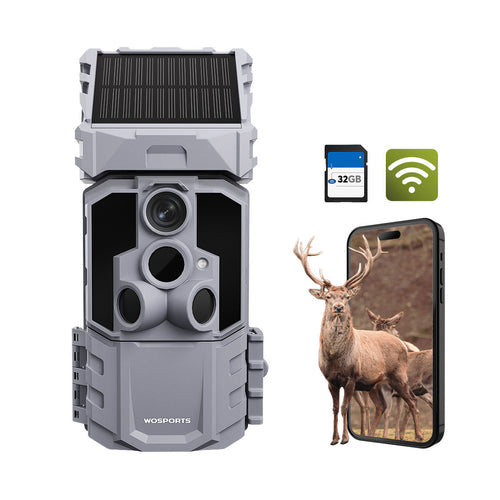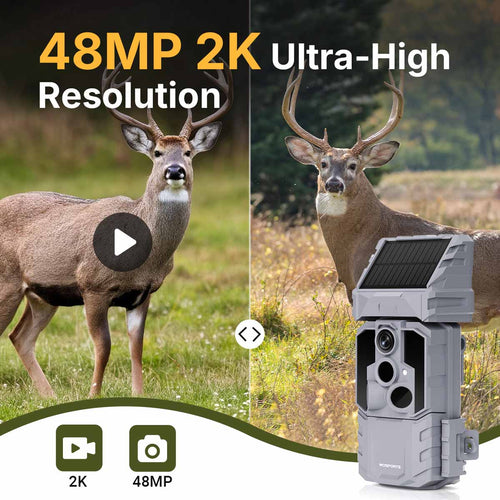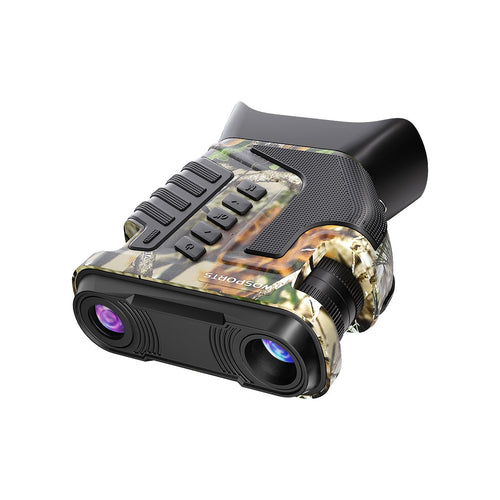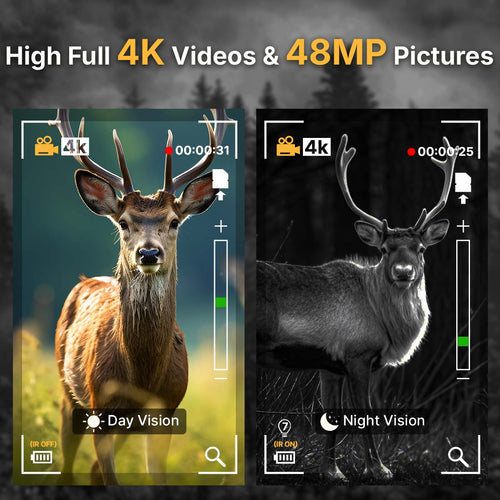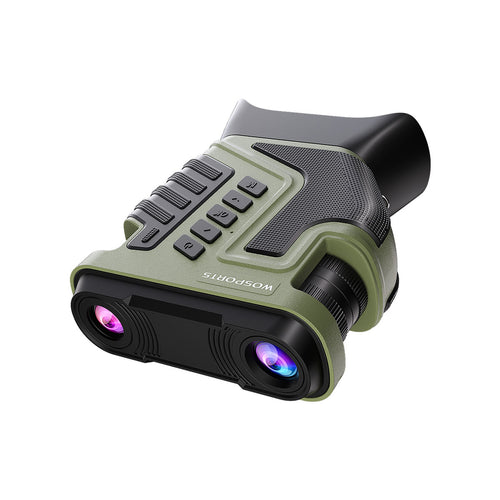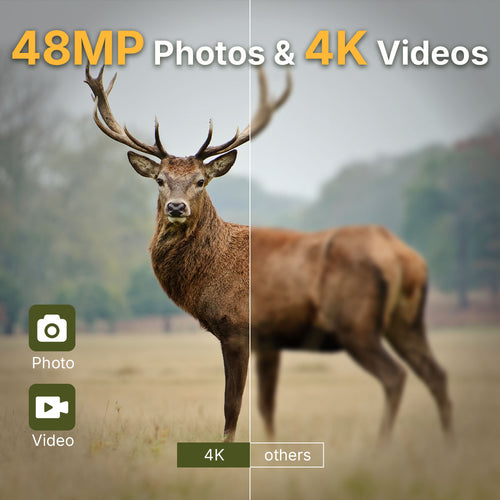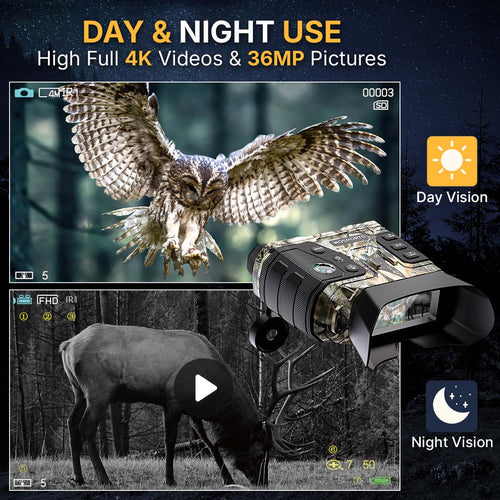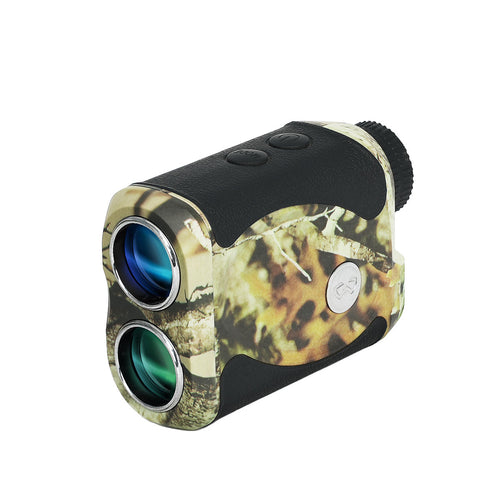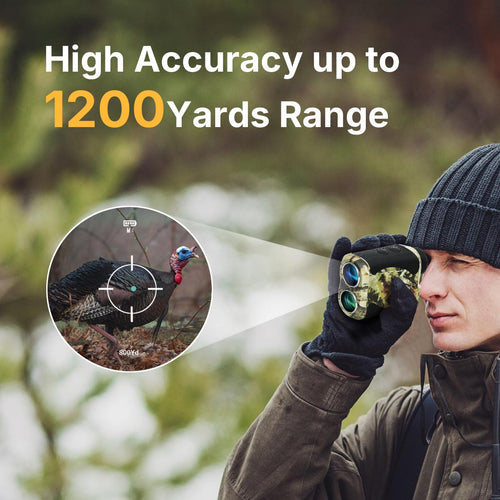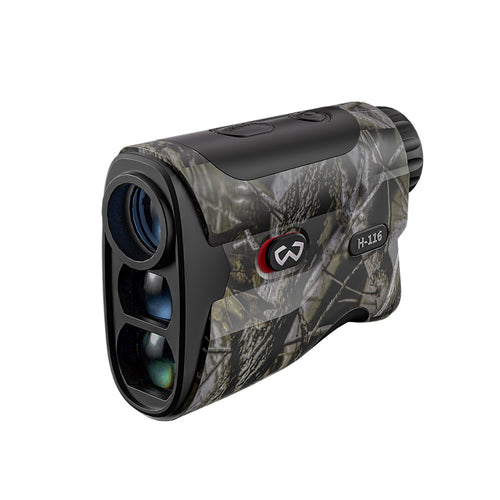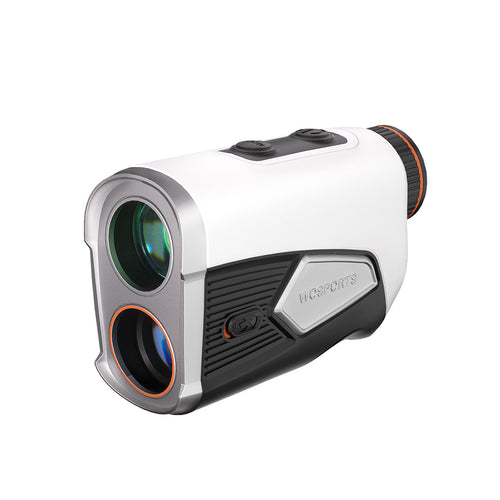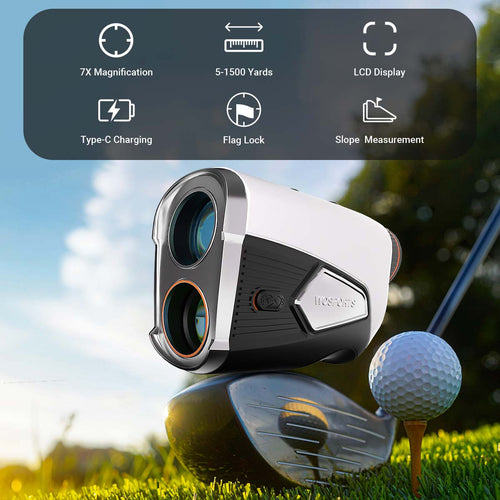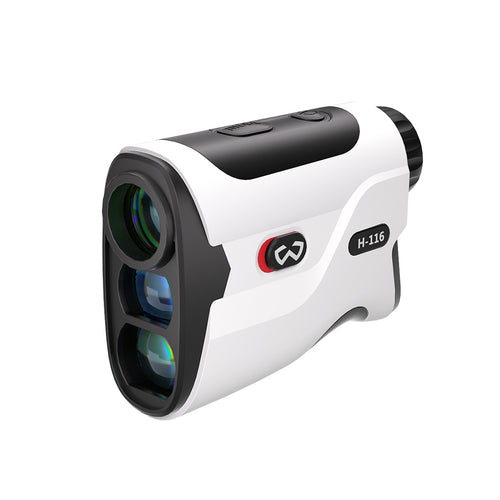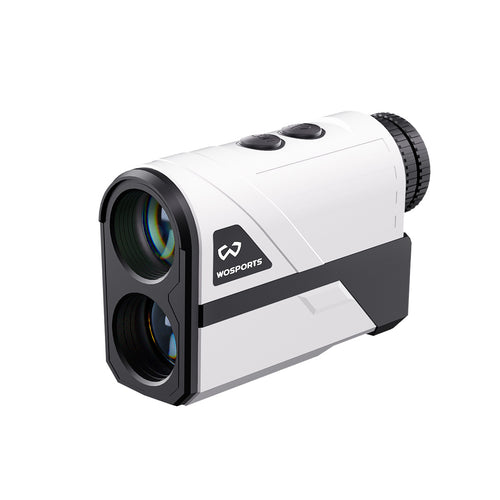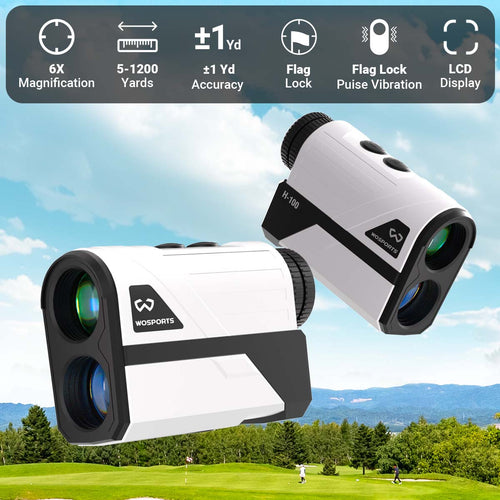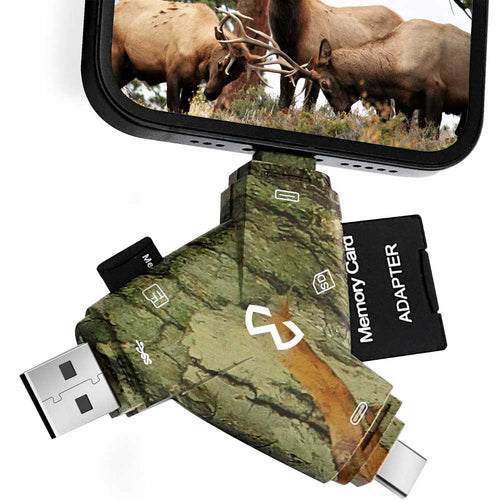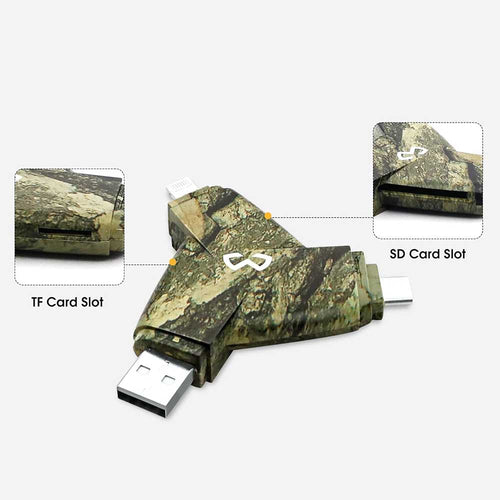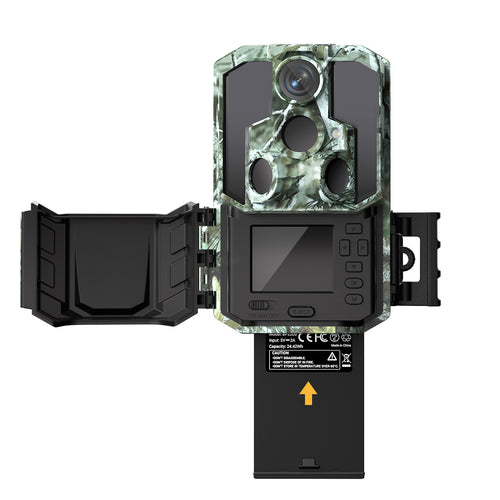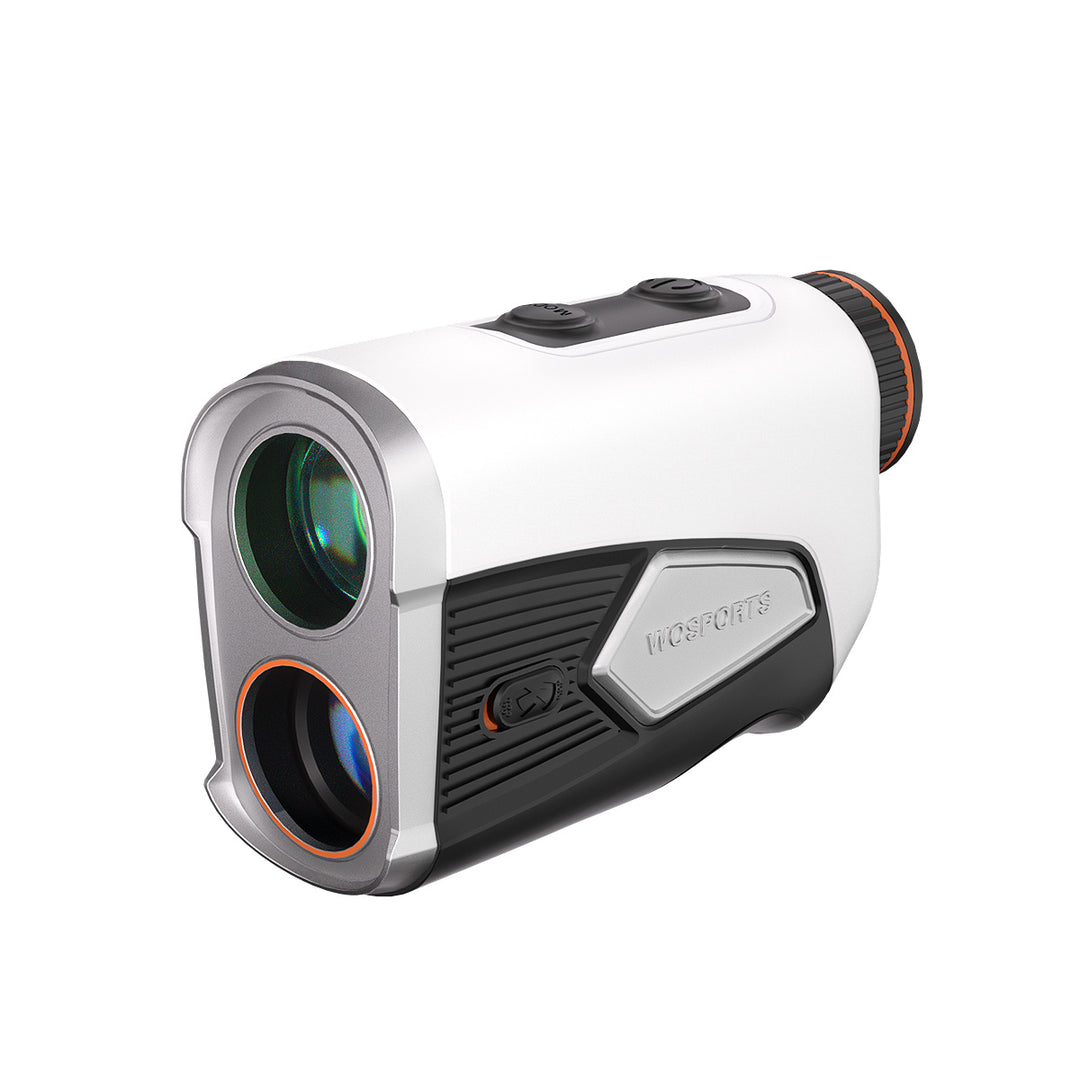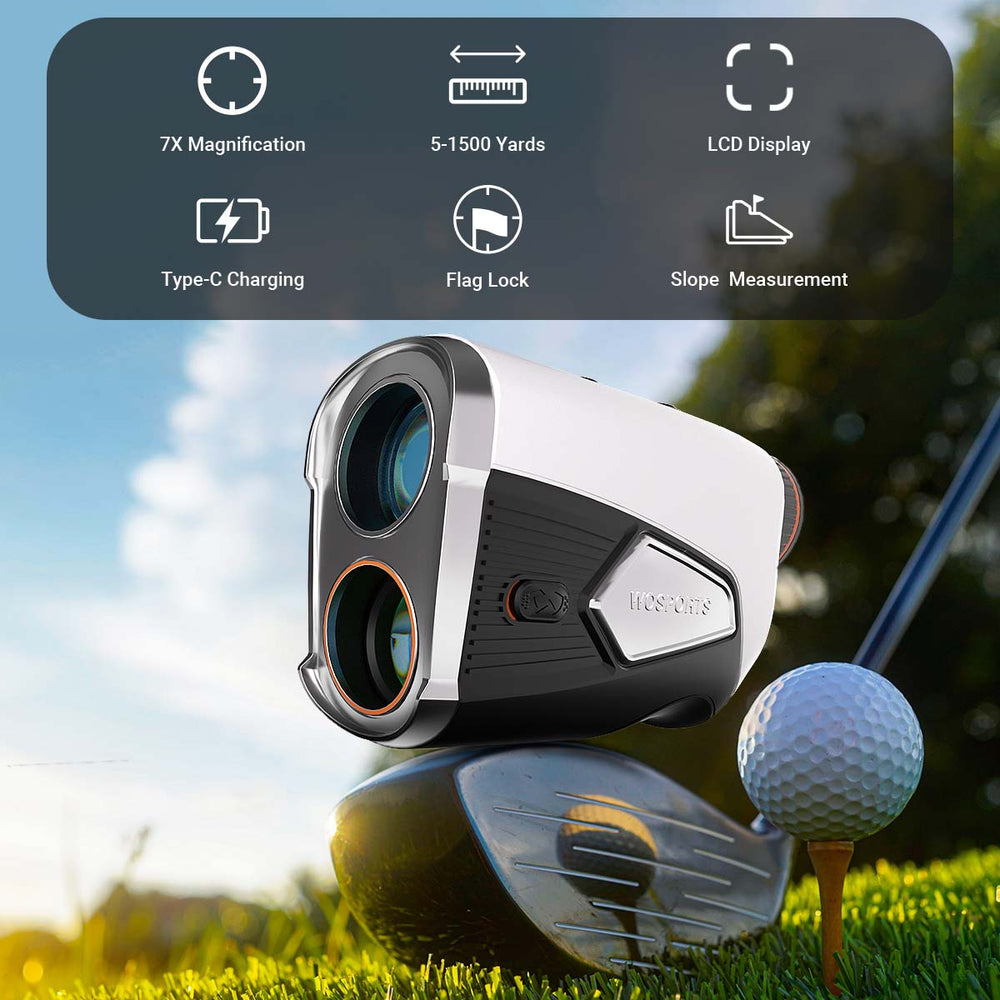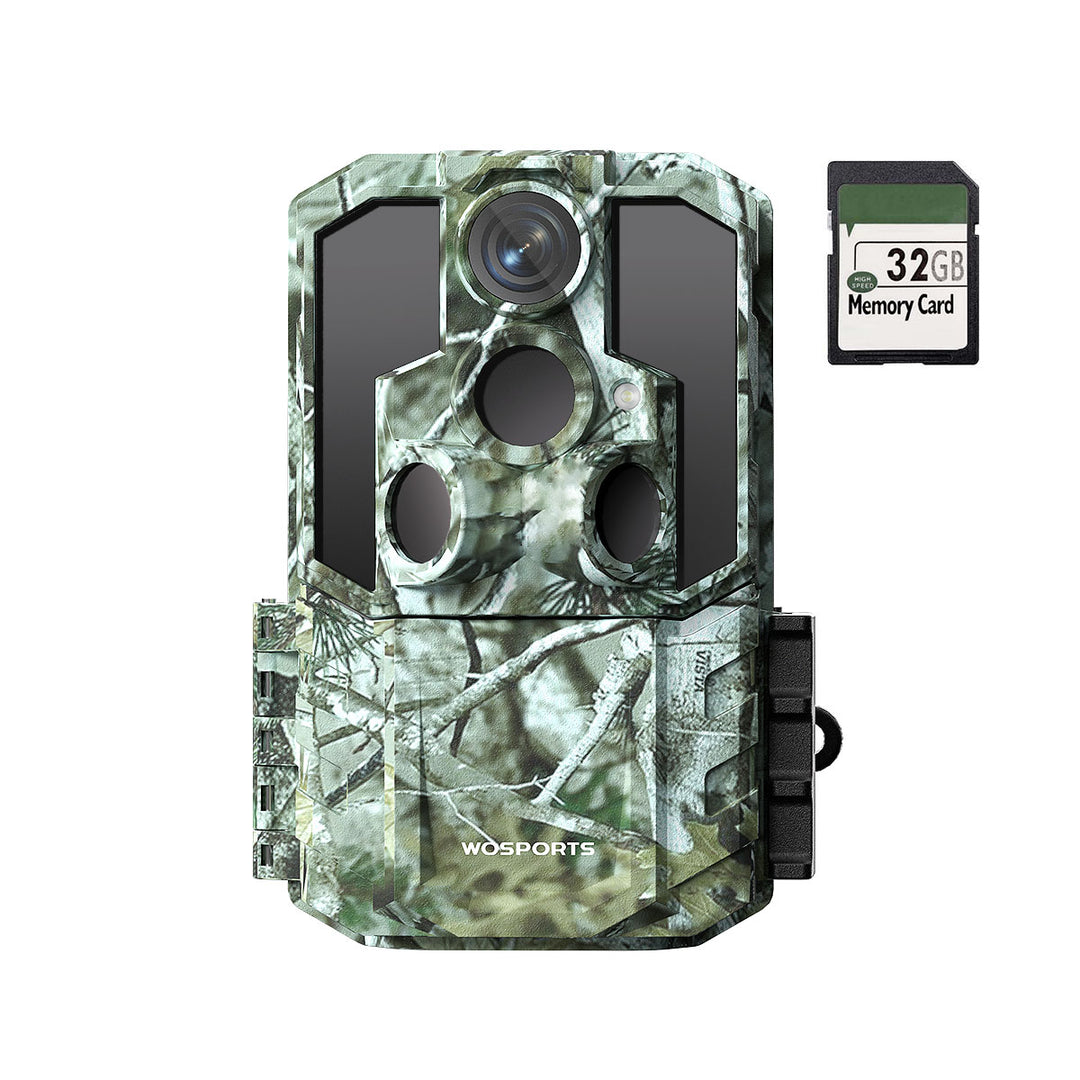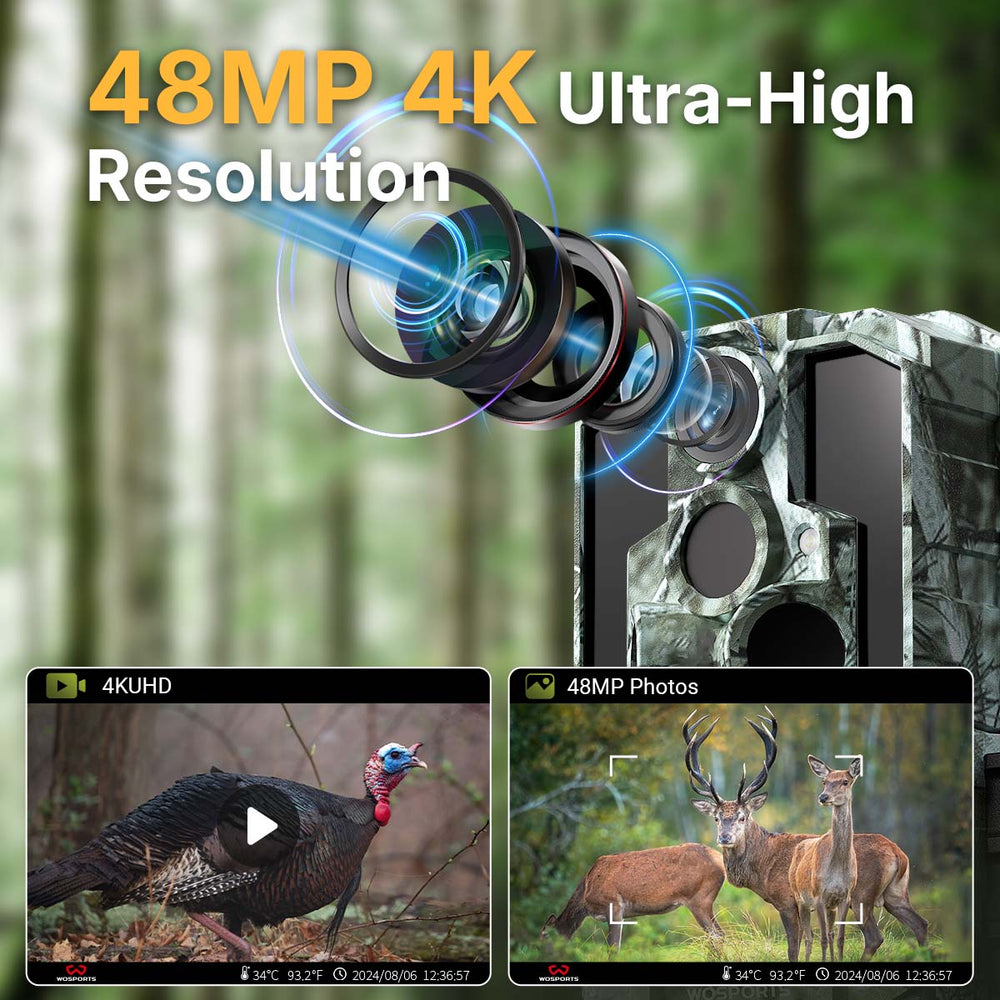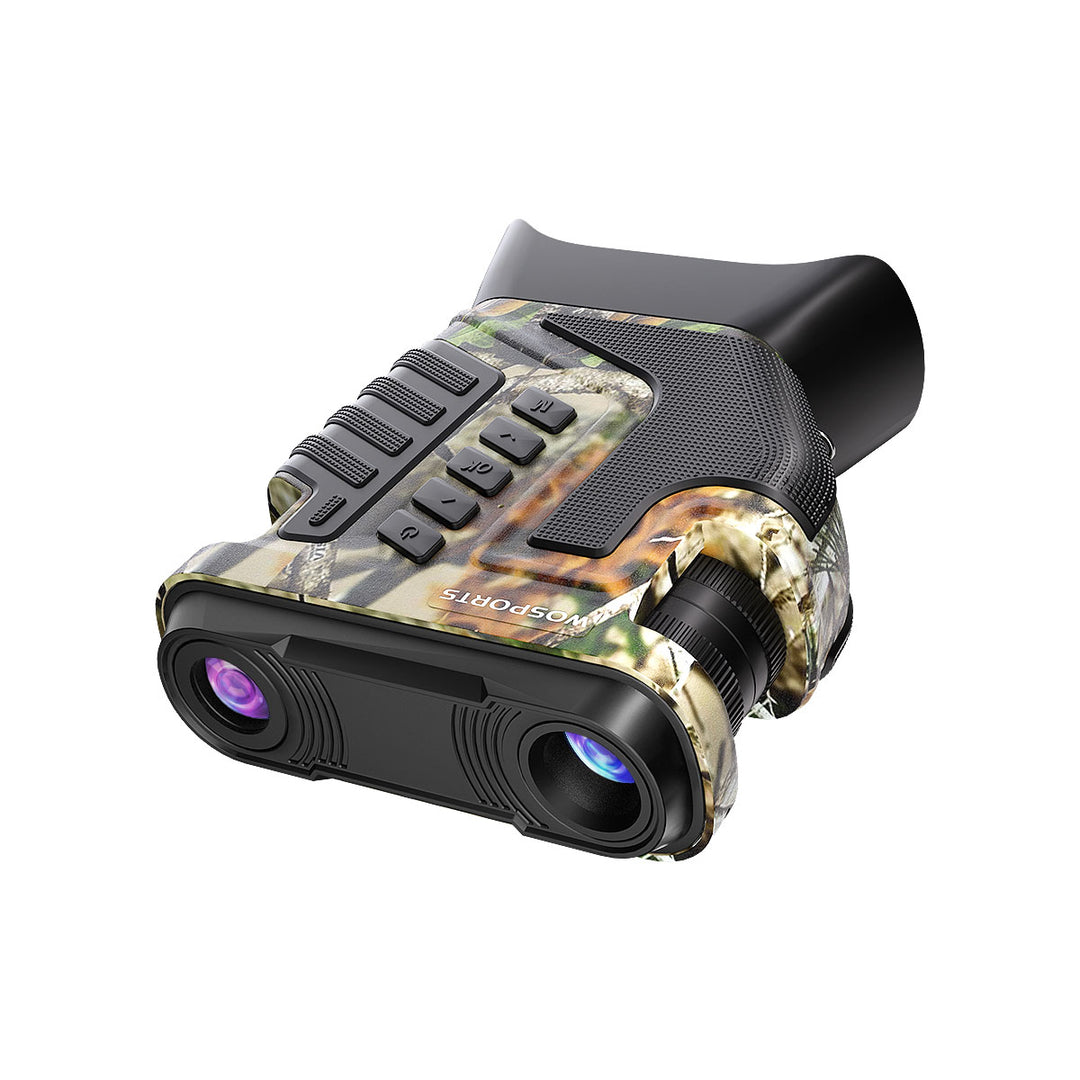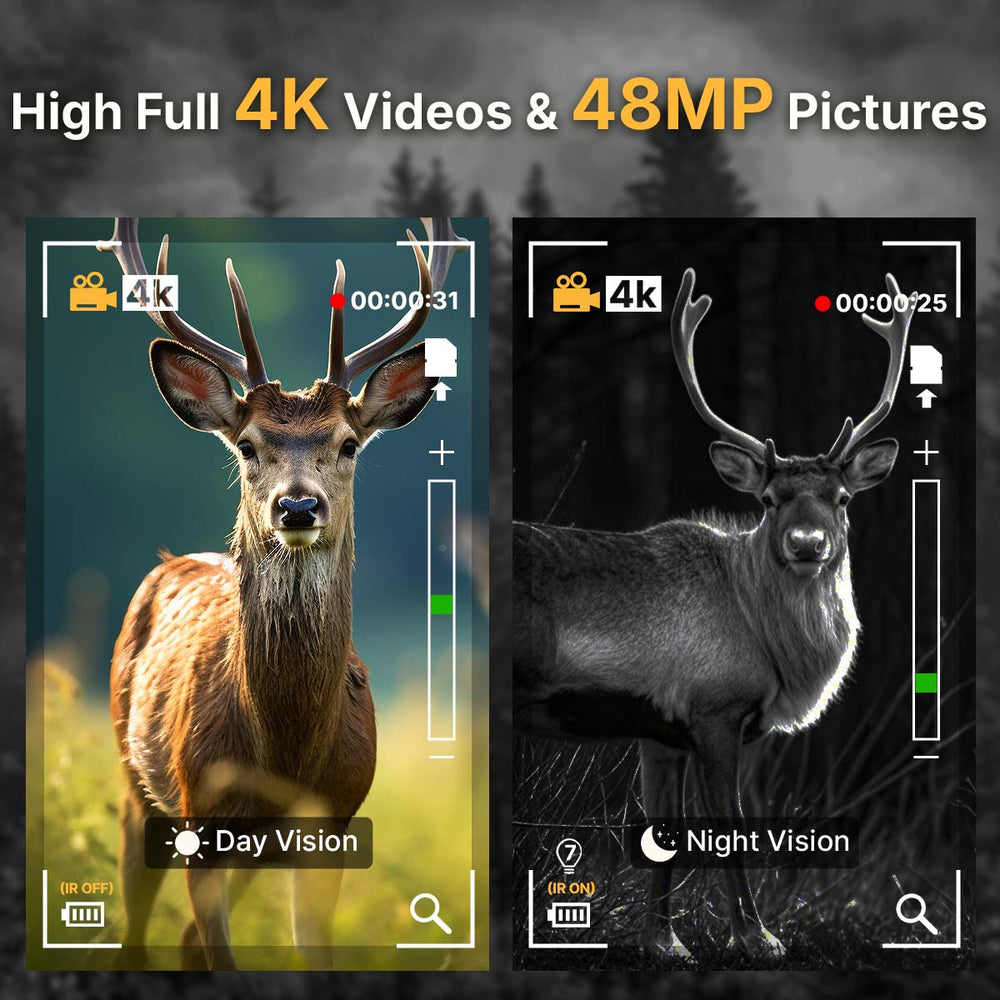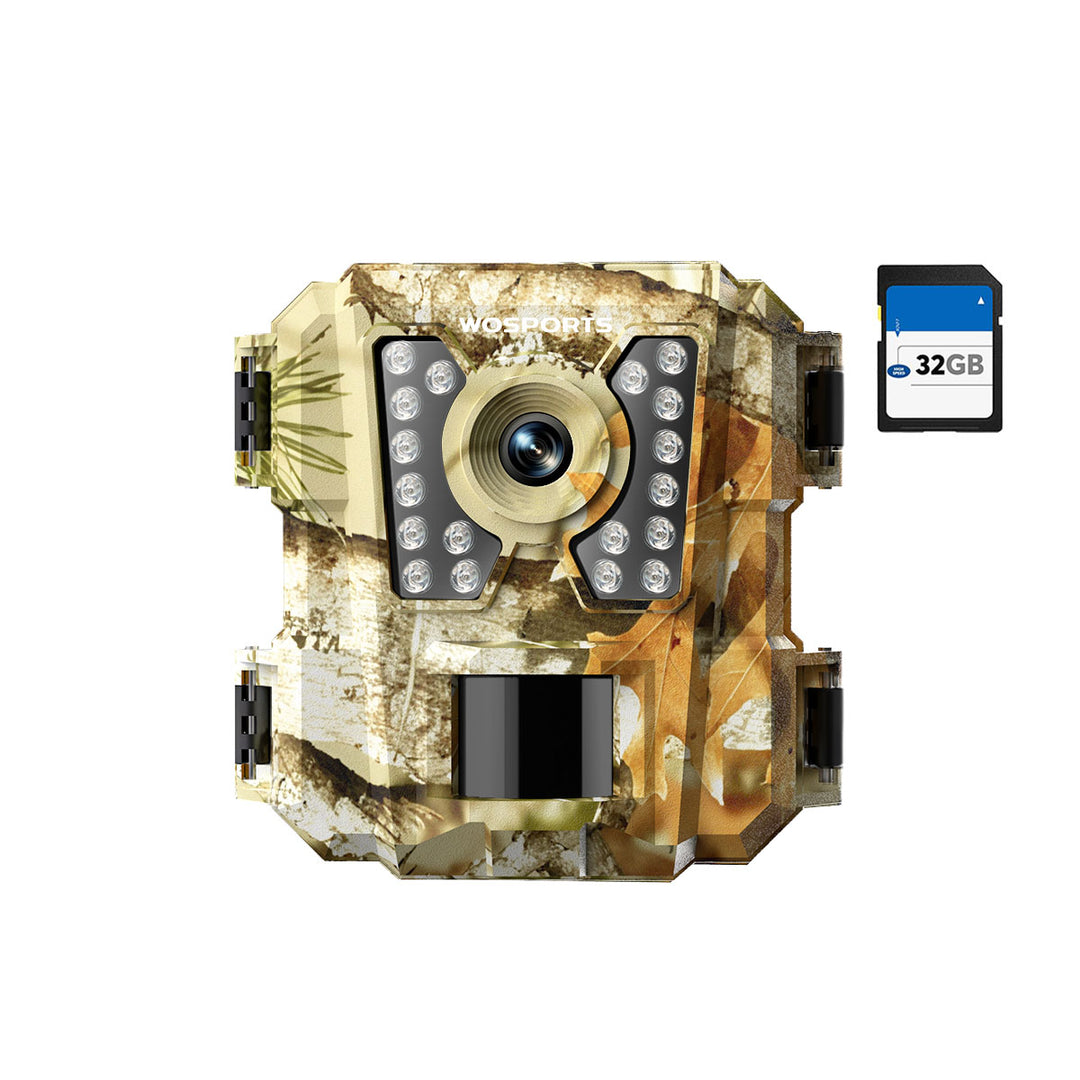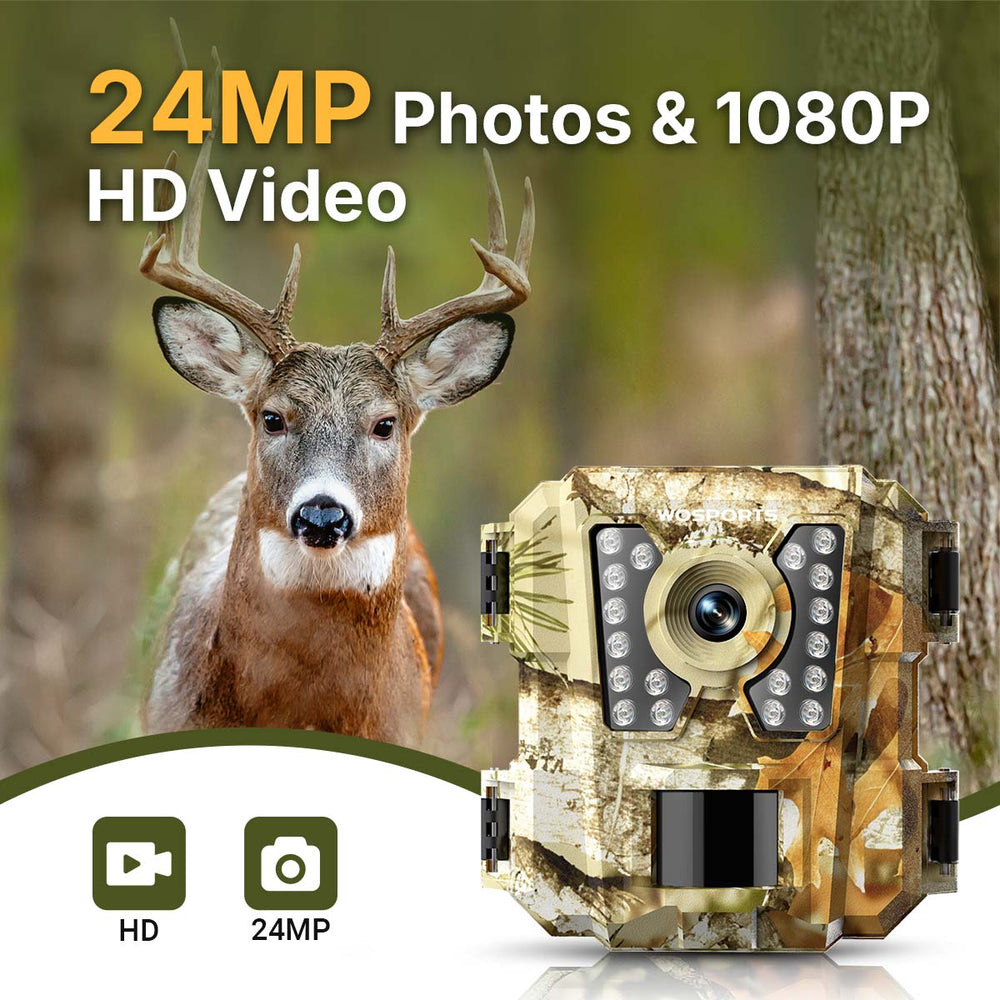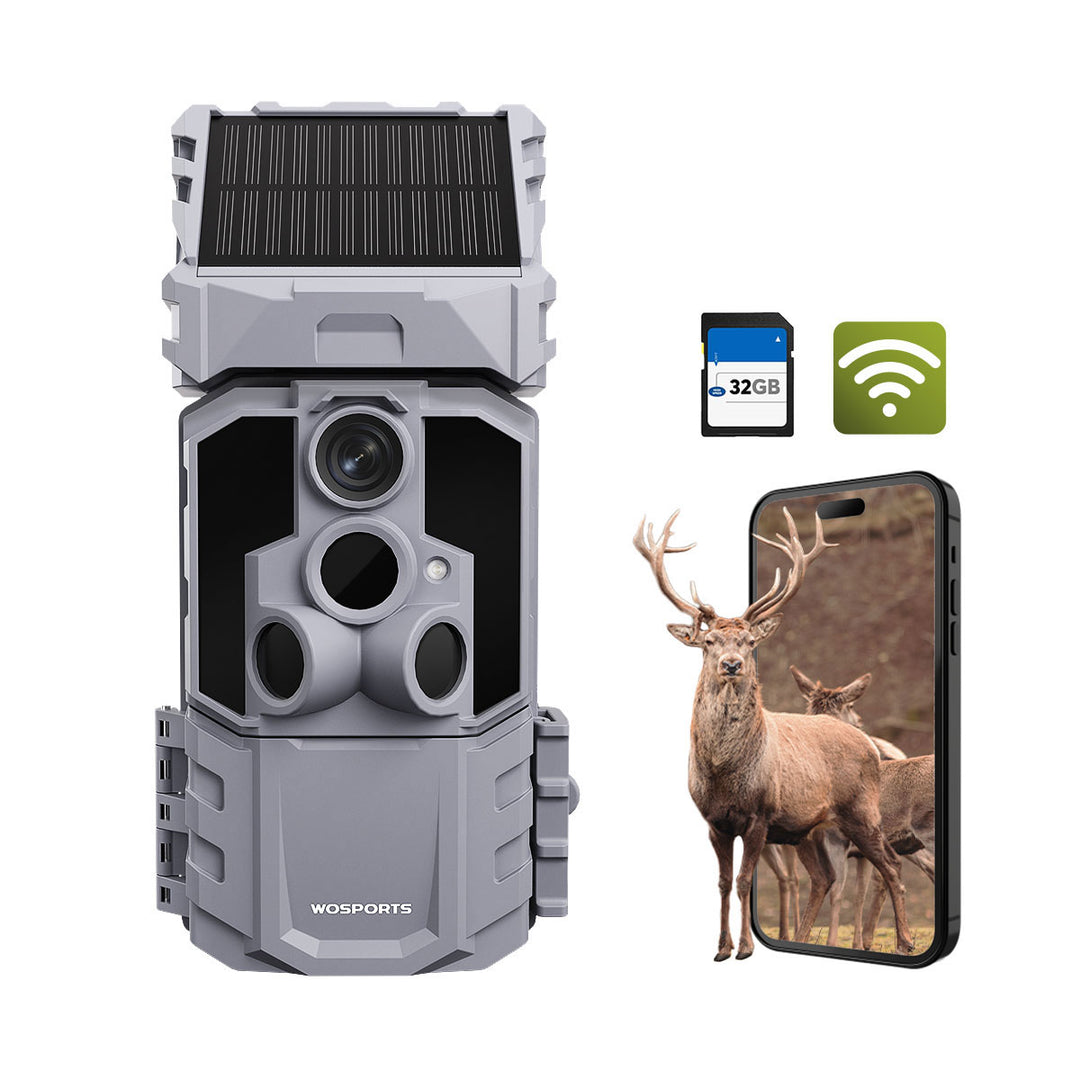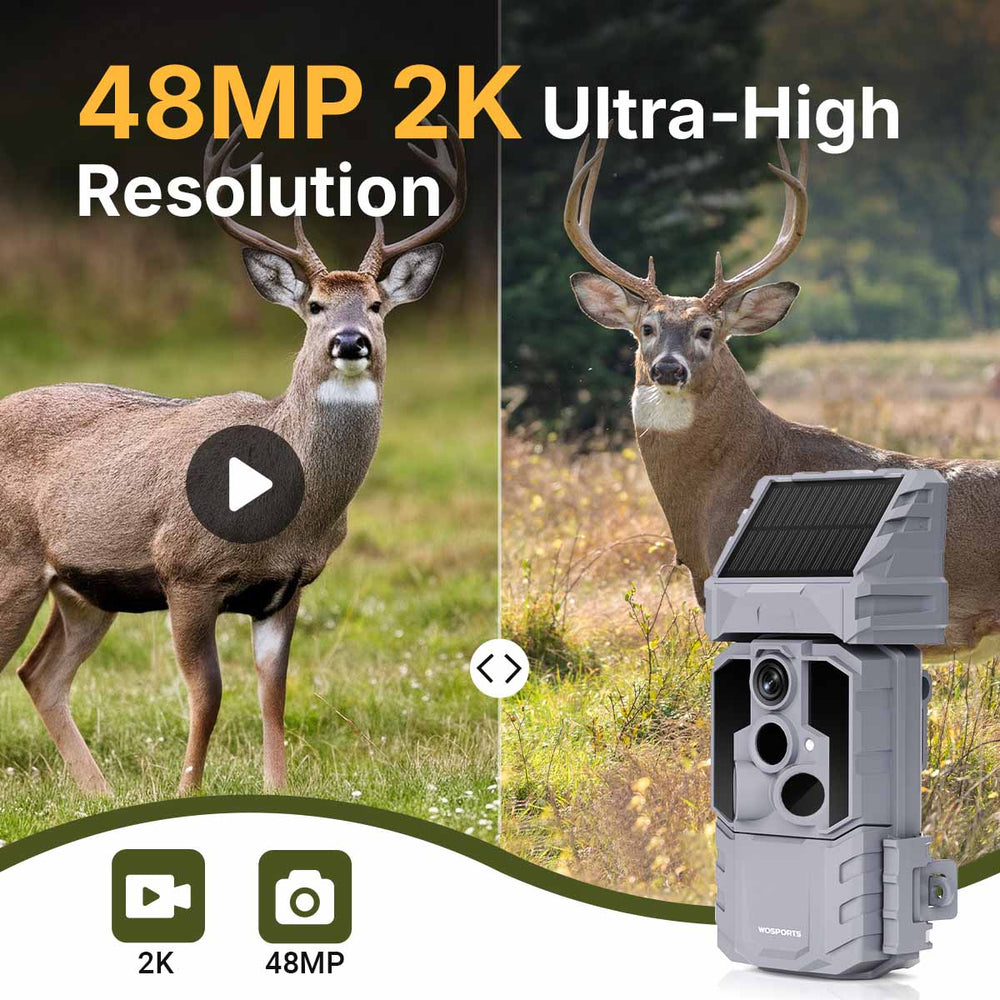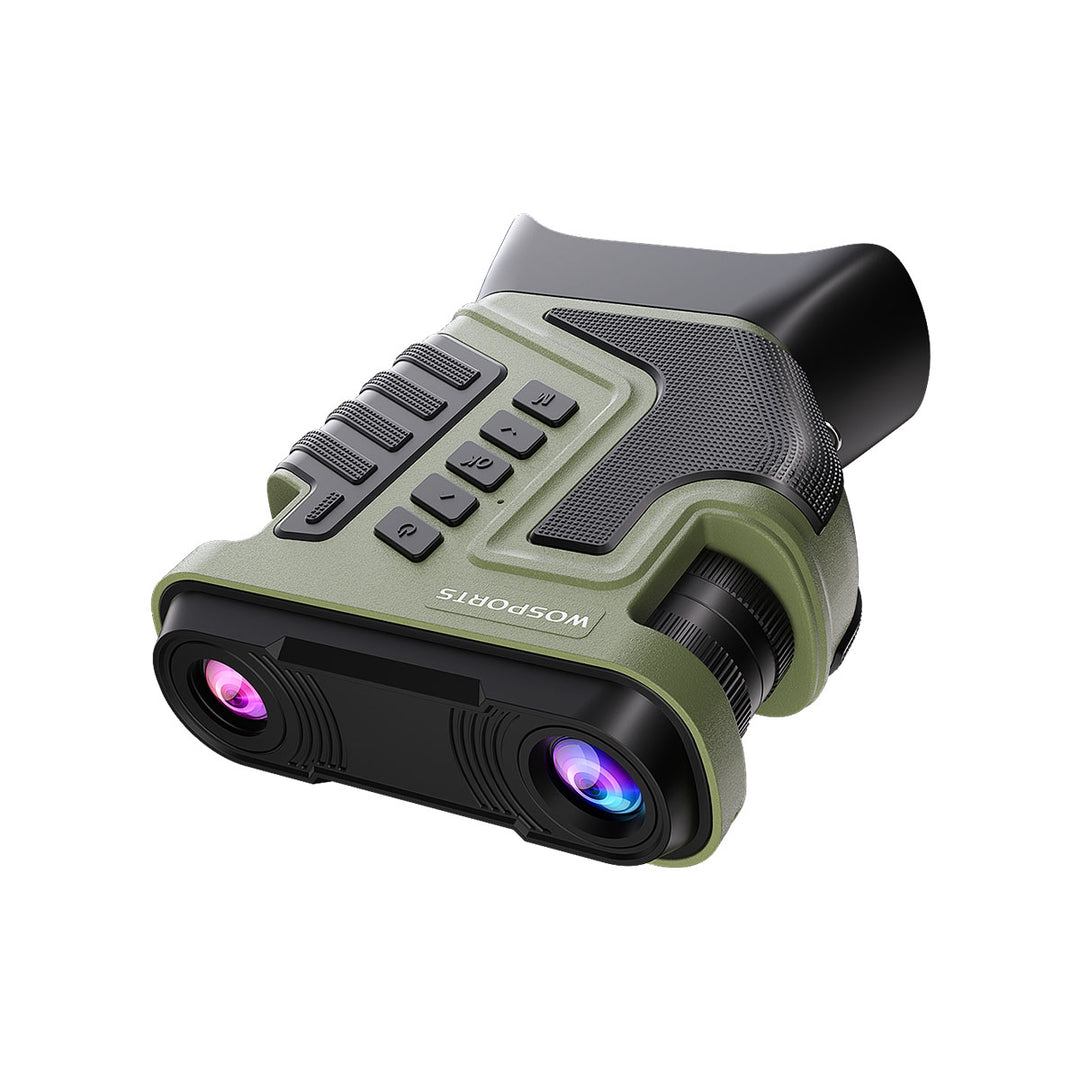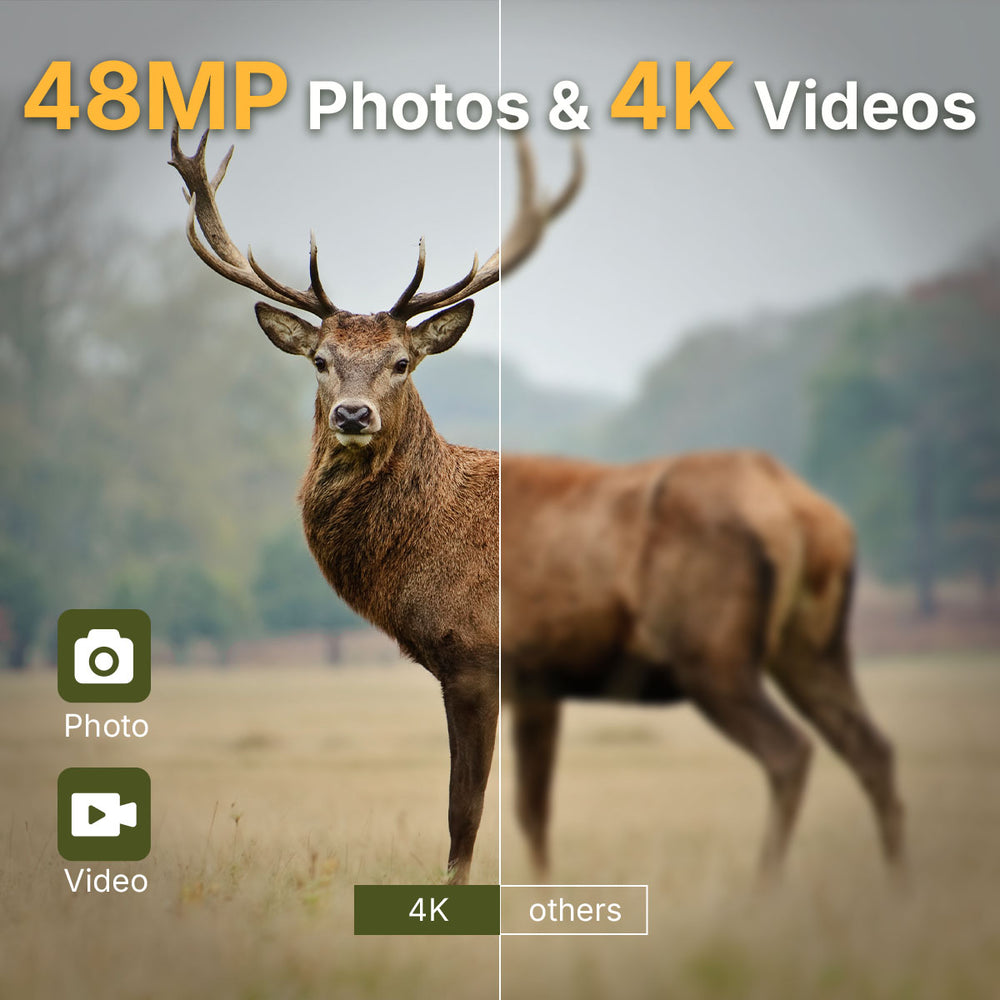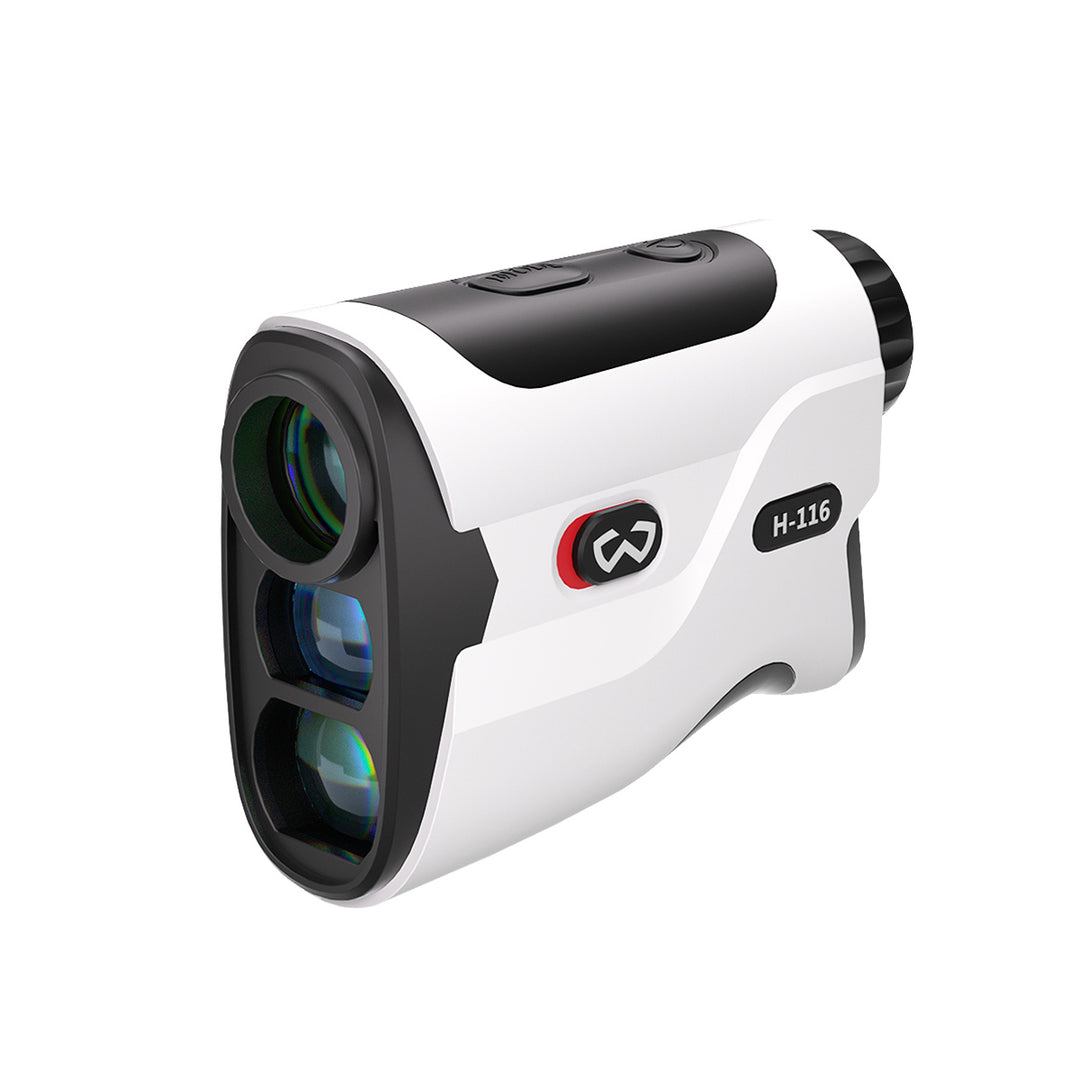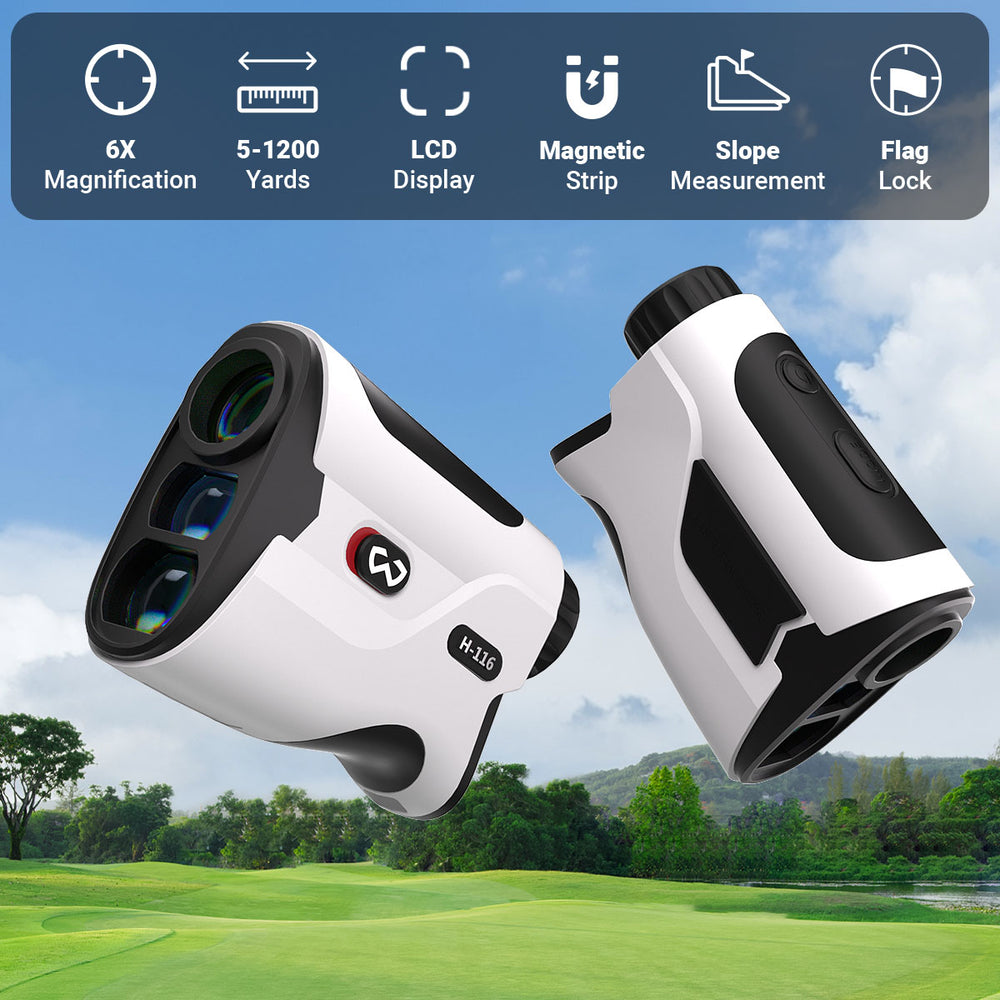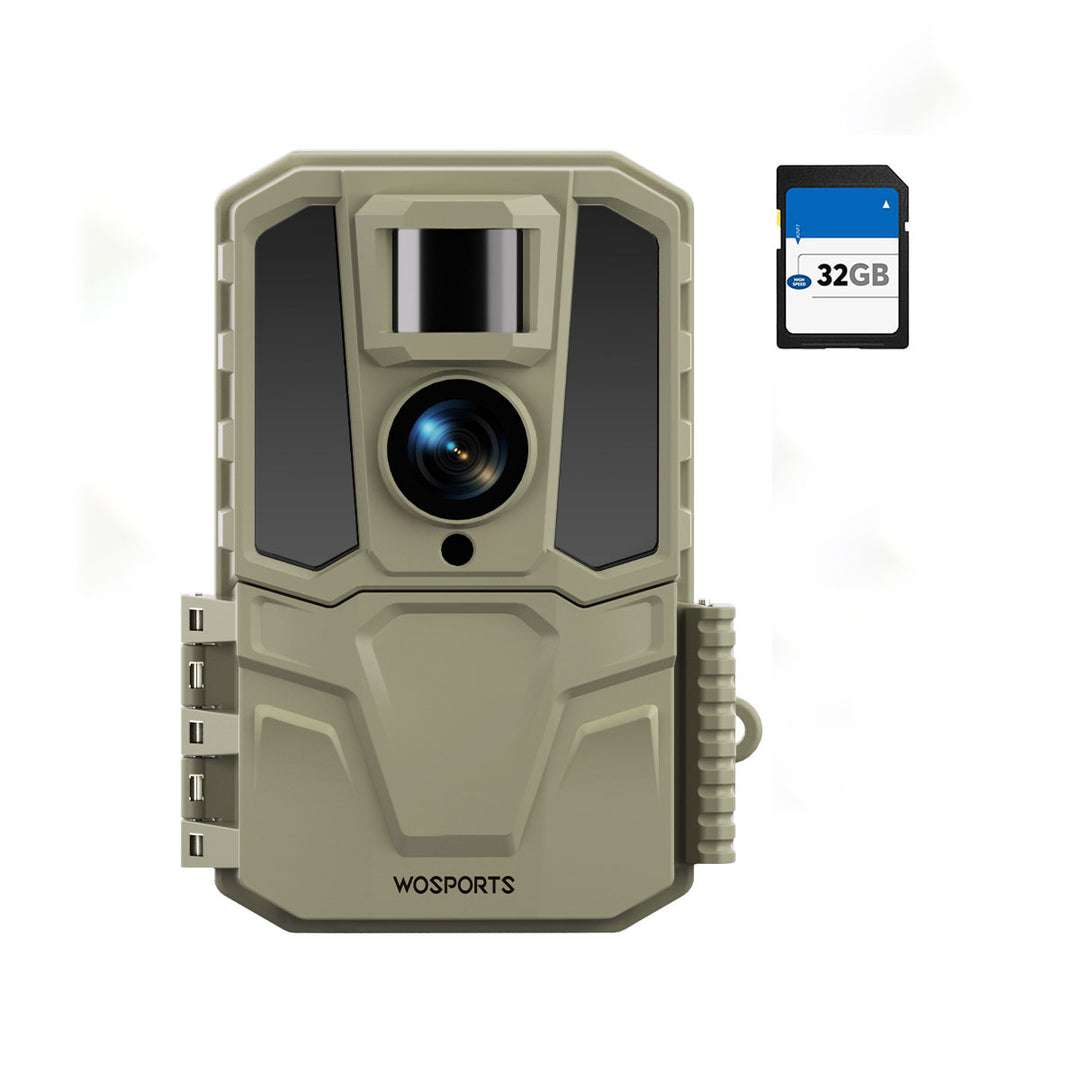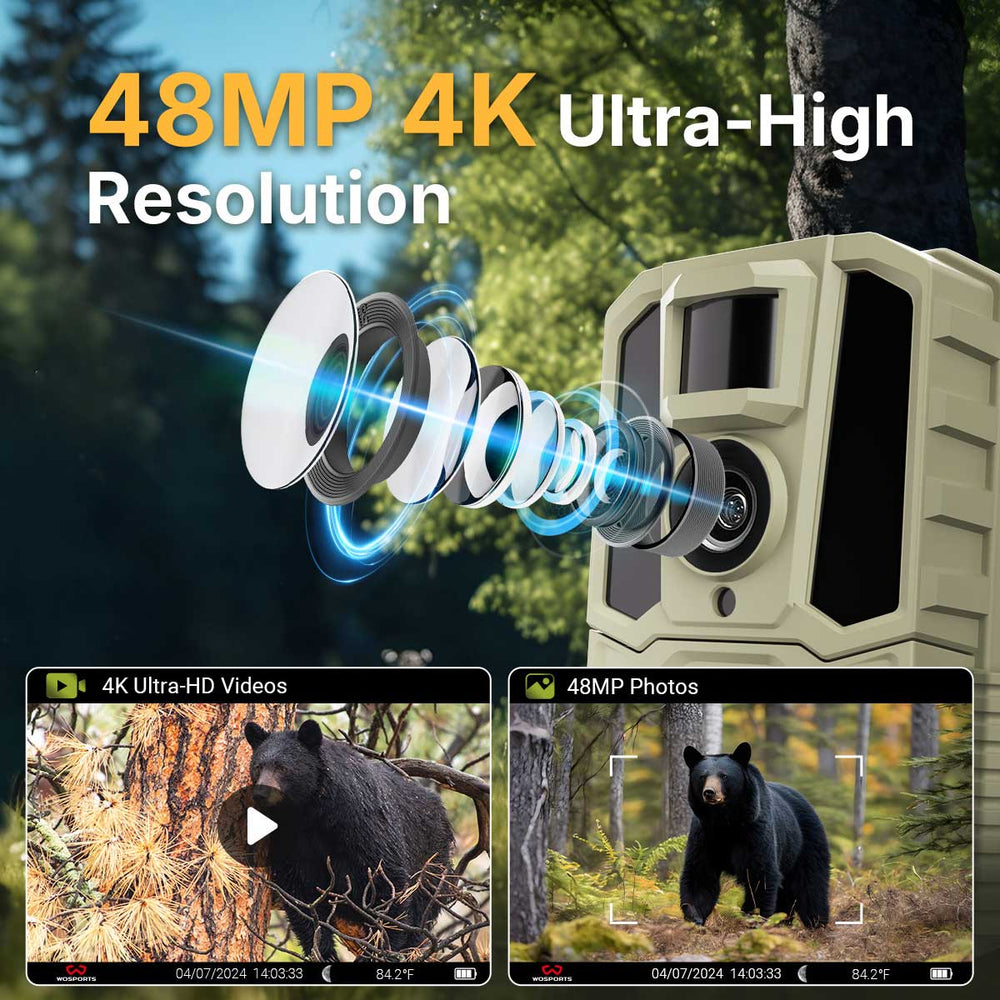How to Properly Care for Your Golf Rangefinder
1. How to Clean Your Golf Rangefinder
Keeping your golf laser rangefinder clean is one of the easiest ways to maintain its performance. After each game, carefully clean the lens using a microfiber cloth to remove dirt, dust, and fingerprints. Avoid abrasive materials like tissues or paper towels, which can scratch the lens coating and degrade its clarity. For stubborn smudges, use a lens-safe cleaning solution to ensure the optical components remain in pristine condition. Regular cleaning not only enhances visibility but also ensures accurate measurements on the course.

2. How to Store Your Golf Rangefinder Safely
Proper storage is vital to protect your rangefinder from accidental damage. Always use the protective case provided to shield it from impacts, dirt, and moisture. Store the rangefinder in a cool, dry place away from direct sunlight, as excessive heat can harm internal components. When placing it in your golf bag, make sure it is secured in a dedicated compartment to avoid scratches or damage from other items. Thoughtful storage practices will extend the lifespan of your rangefinder significantly.
3. How to Protect Your Golf Range finder from Extreme Conditions
The rangefinder for golf is a sensitive electronic device that should be safeguarded from harsh environmental conditions. Prolonged exposure to extreme heat or cold can impact its functionality, while heavy rain can lead to water damage. Even if your rangefinder is water-resistant, it’s best to minimize its exposure to moisture. During inclement weather, keep it in its protective case or invest in a waterproof cover for added safety. Protecting your rangefinder from the elements ensures consistent performance no matter where you play.
4. Long-Term Battery Care for Your Golf Rangefinder
The battery is a critical component of your golf range finder, and proper battery management is essential to avoid interruptions during play. Replace the battery promptly when it starts to run low, as weak batteries can result in inaccurate readings or sudden power loss. For long-term storage, remove the battery to prevent leakage, which could damage the internal circuitry. Always use manufacturer-recommended batteries to ensure compatibility and optimal performance.

5. Regular Inspections to Maintain Golf Rangefinder Accuracy
Frequent inspections can help you identify and address potential issues before they worsen. Check your rangefinder for loose screws, cracks, or worn-out components after every few games. Pay close attention to buttons, focusing mechanisms, and any moving parts to ensure they operate smoothly. If you notice any problems, consult the user manual or contact the manufacturer for professional assistance. Preventative maintenance is key to keeping your rangefinder in peak condition.
6. How to Prevent Water Damage to Your Golf Rangefinder
Even if your rangefinder is water-resistant, it’s important to minimize its exposure to water. Heavy rain or accidental splashes can damage internal components over time. If your rangefinder gets wet, dry it immediately with a soft cloth and avoid using heat sources like hairdryers, which could cause further damage. For golfers who frequently play in rainy conditions, consider investing in a waterproof cover or case to provide extra protection against moisture.
7. How to Avoid Common Mistakes When Using Your Golf Rangefinder
Many golfers unknowingly shorten their rangefinder’s lifespan by making common mistakes. Using harsh cleaning agents can strip the anti-reflective coating on the lens, while improper storage in dusty or humid environments can harm internal components. Dropping your rangefinder is another frequent issue that can lead to misalignment and inaccurate measurements. By handling your device with care and avoiding these mistakes, you can ensure it remains reliable and accurate for every round.
8. Troubleshooting Common Golf Rangefinder Issues
If the rangefinder for golf starts delivering inaccurate readings or has trouble focusing, it may require calibration. Many models allow for manual calibration; refer to the user manual for specific instructions. If the issue persists, it’s best to contact the manufacturer or a professional repair service. Be proactive about addressing minor issues to prevent them from escalating into costly repairs.

9. Tips to Prolong the Life of Your Golf Laser Rangefinder
To maximize the longevity of your golf laser rangefinder, consider adopting additional protective measures. Using a lens protector can shield the optics from scratches and dust, while carrying a cleaning kit in your golf bag allows for quick maintenance on the go. Regularly test your rangefinder for accuracy by comparing its readings with known distances, ensuring it stays reliable for every game. These small habits can make a big difference in keeping your device in top shape.
Search
Popular Posts
Recent Posts

Nov 28, 2024
Troubleshooting Common Trail Camera Issues
Jan 10, 2025
Why Does My Trail Camera Stop Working at Night?

